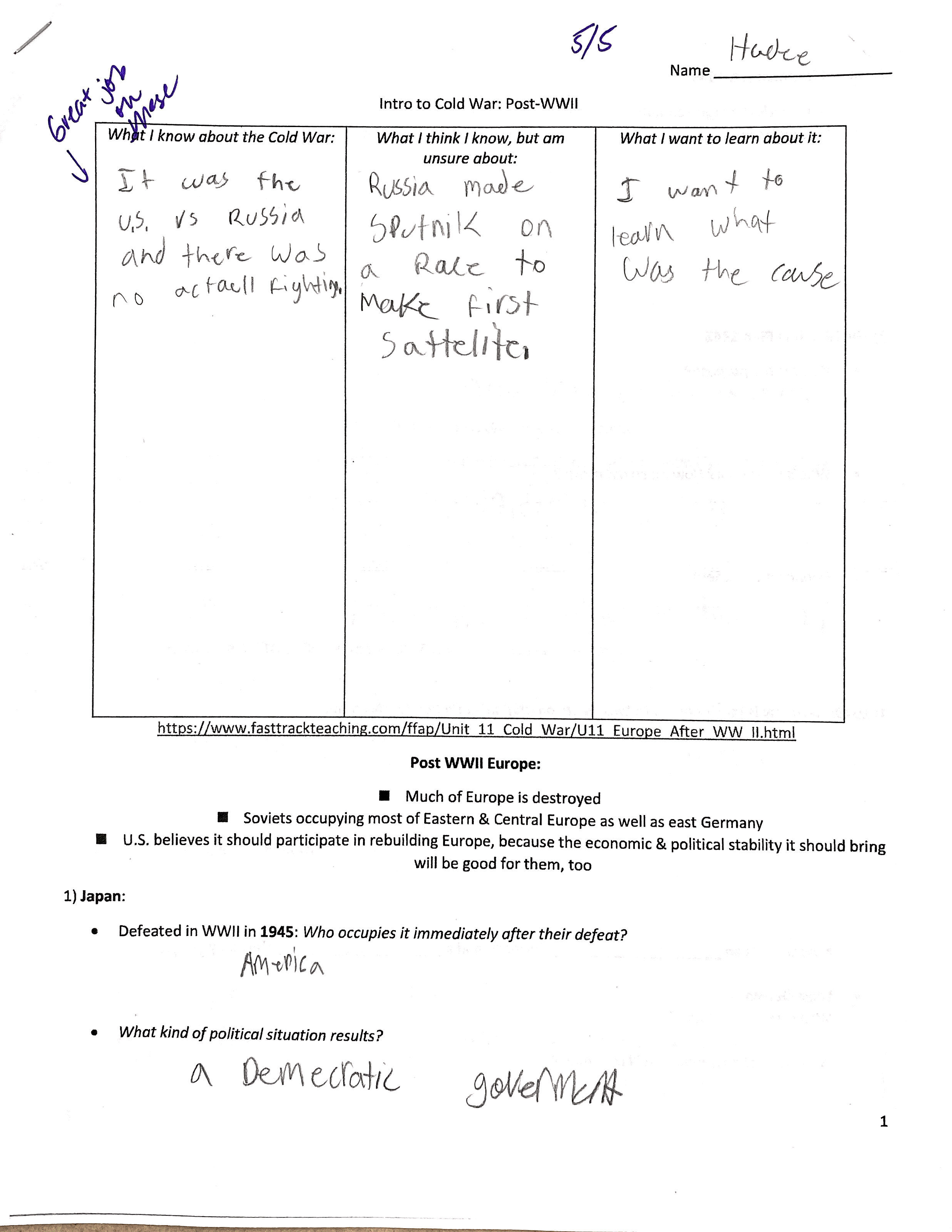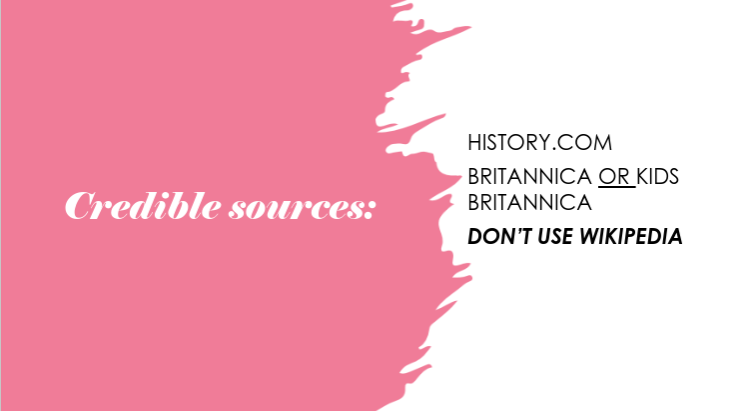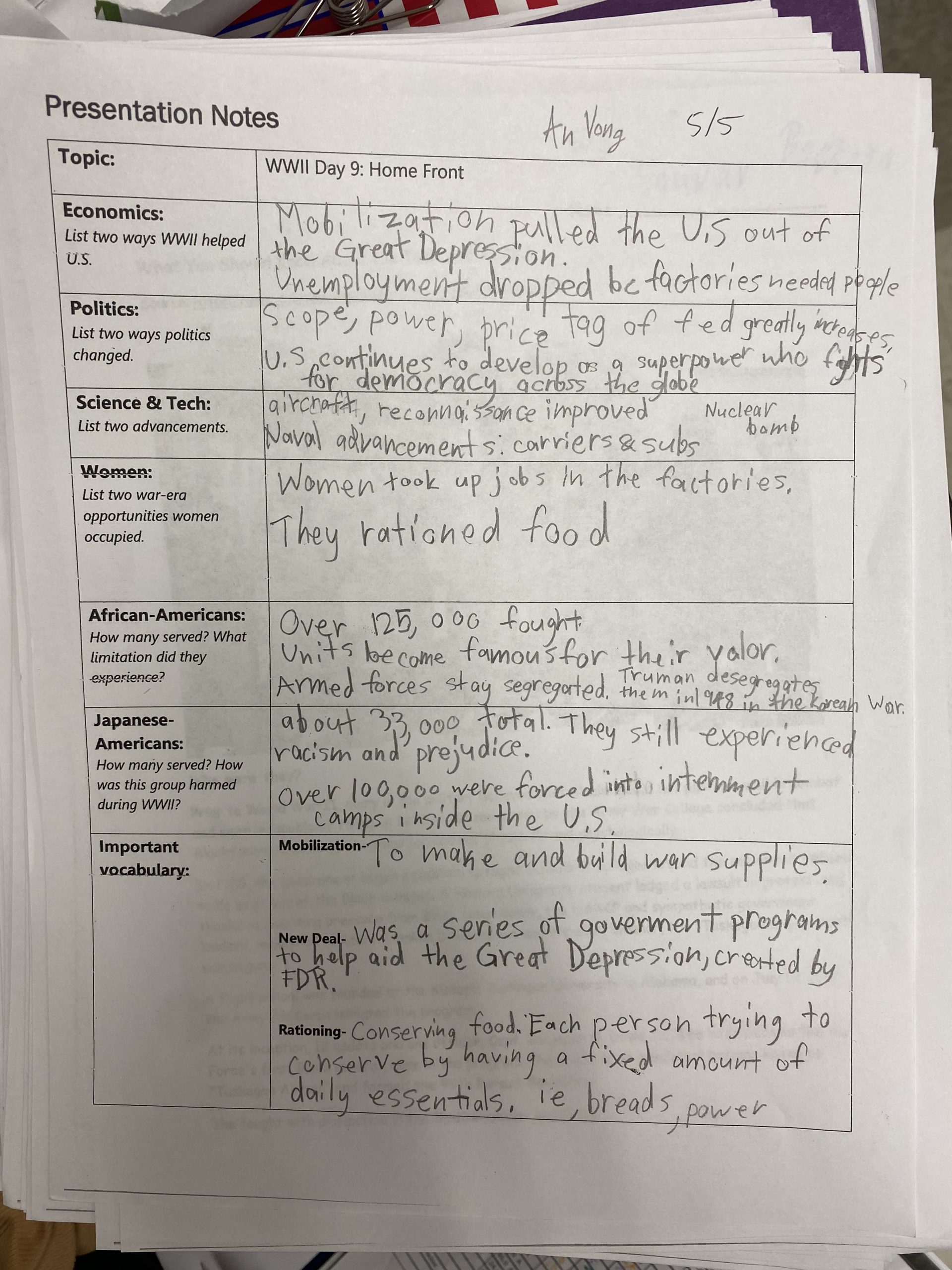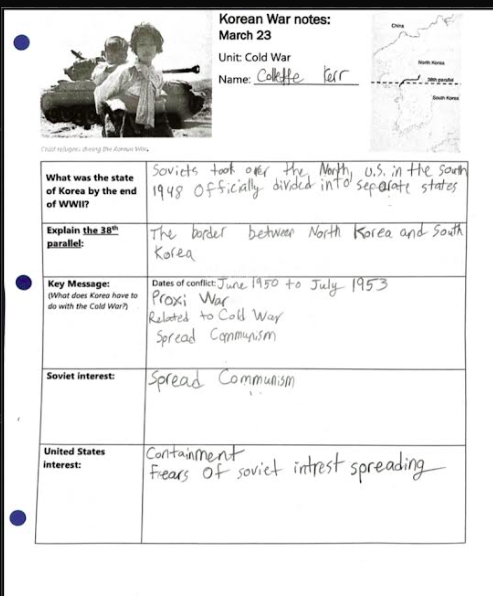Standard #7: Planning for Instruction
The teacher plans instruction that supports every student in meeting rigorous learning goals by drawing upon knowledge of content areas, curriculum, cross disciplinary skills, and pedagogy, as well as knowledge of learners and the community context.
A teacher should be able to appropriately sequence and organize content within the curriculum based on short- and long-term goals. Strategies, resources, and tools included in planning should enhance experiences and meet diverse needs. Plans should be continually adjusted and revised based on the perceived needs of the classroom. Assessment data, prior knowledge, and student interest will influence which adjustments are made. Planning considers input from students, families, colleagues, and the community.
Planning not only ensures all content standards are eventually met throughout the school year, but the effort a teacher puts into it correlates with student success. Detailed, thoughtful planning creates a structured, yet engaging experience for students. Efficient planning can eliminate a great deal of unnecessary stress for teachers, students, and parents alike. Strong planning skills also account for the possibility of things not always going according to plan.
I led sixth grade U.S. History review activities, and saw it as an opportunity to embed 21st.-century skills. Some of the students had mentioned to me that they did not know how to tell if a source was trustworthy or biased. They knew what persuasive writing was, but had little experience with it. The students practiced identifying reliable sources from the web to find evidence to support a hypothesis about what happened to the Roanoke Colony. They also practiced persuasive writing skills to “convince” English settlers to join the Pennsylvania and Georgia colonies, while gaining a better understanding about the moral significance of the establishment of these colonies for outsiders.
Student surveys or classic KWL charts at the start of a unit can indicate individual level of interest and familiarity with the course content. I used one with my seventh-grade class and found that many students were aware of the belligerents of the Cold War, the space race, and the arms race. Quite a few explained that they couldn’t pinpoint what the exact issue was. Therefore, I determined that focusing on the intentions of the involved nations would be helpful to students most of all. It was important for students to appreciate both the threat and appeal that communism posed in order to understand the war itself.



